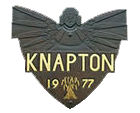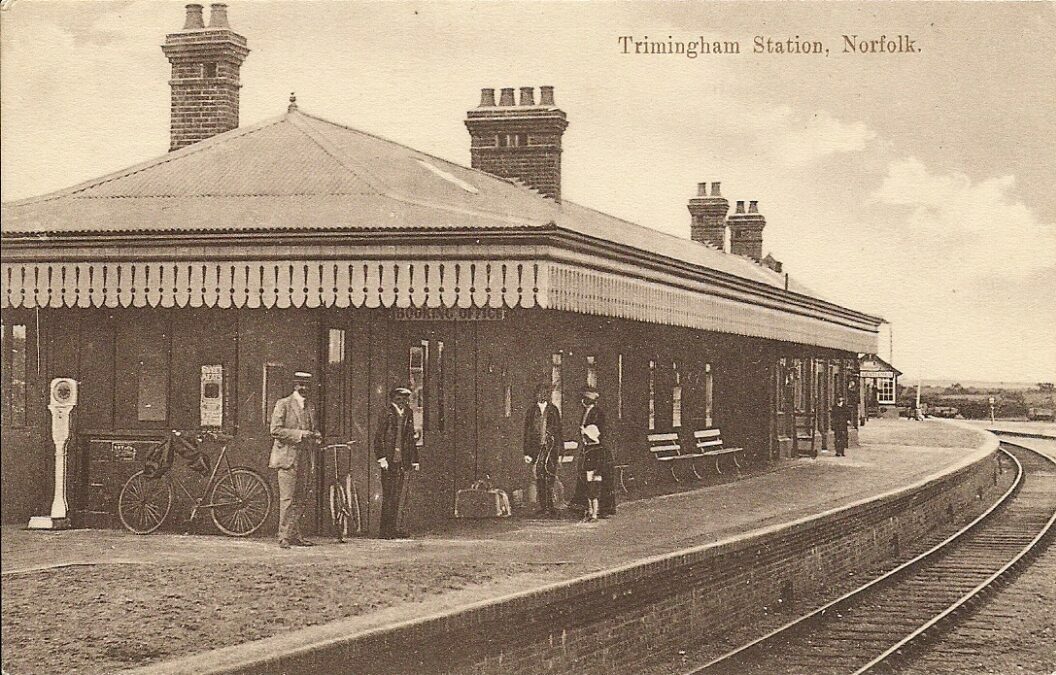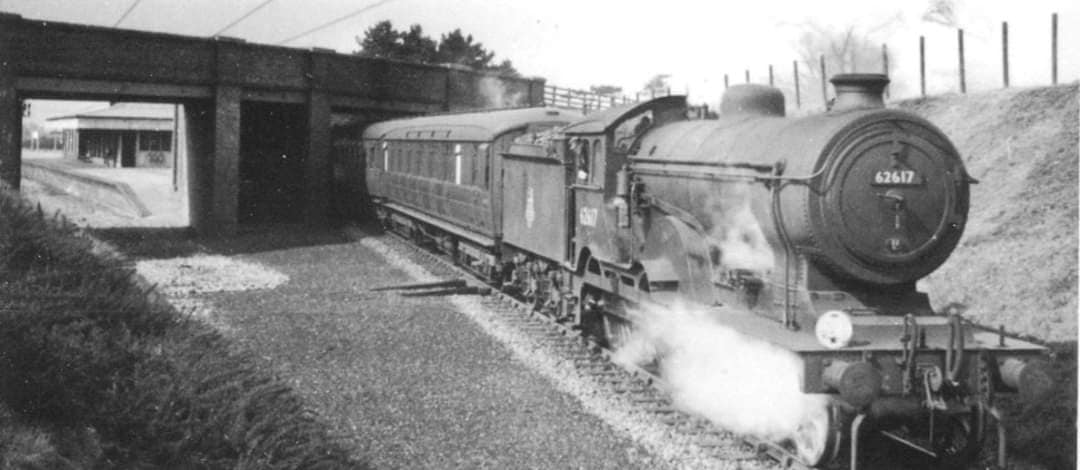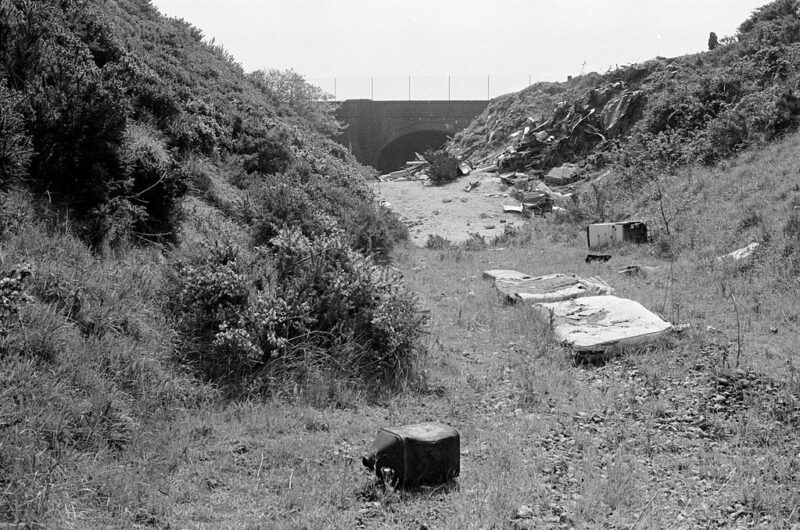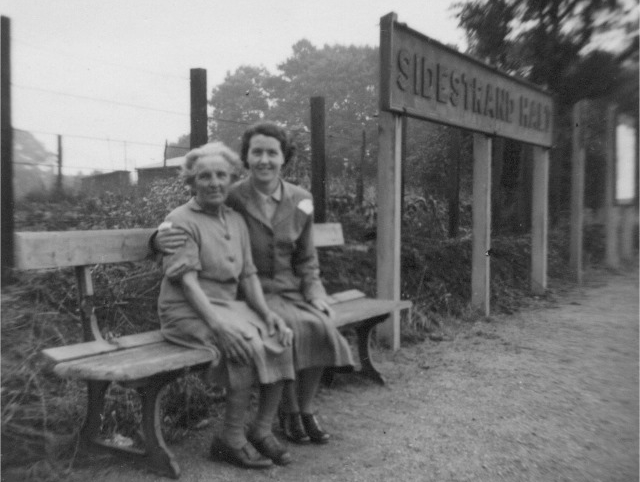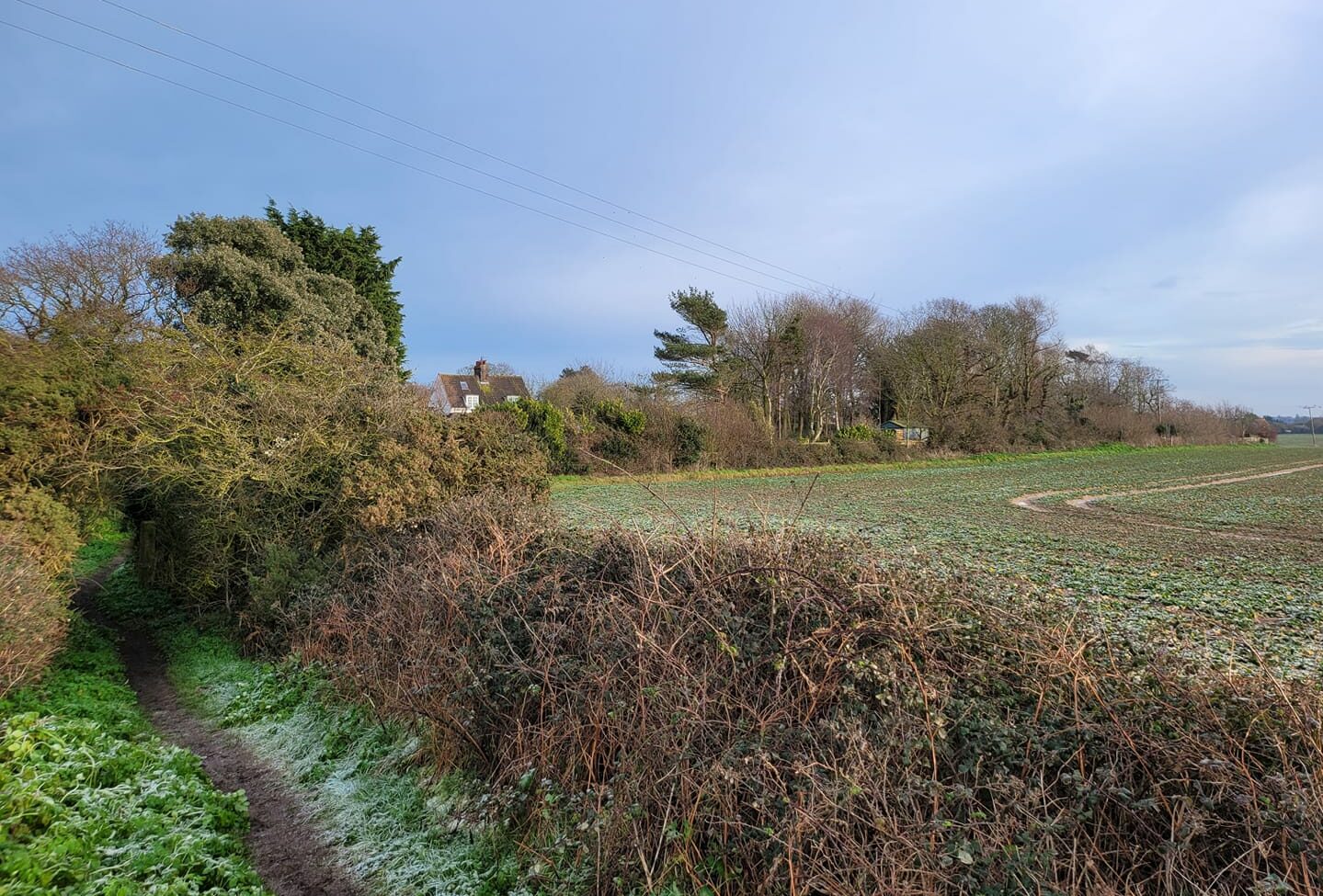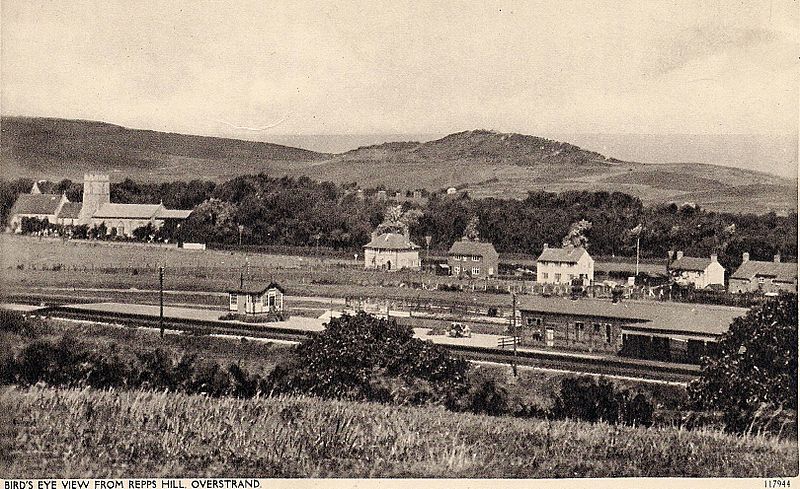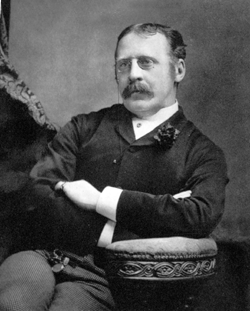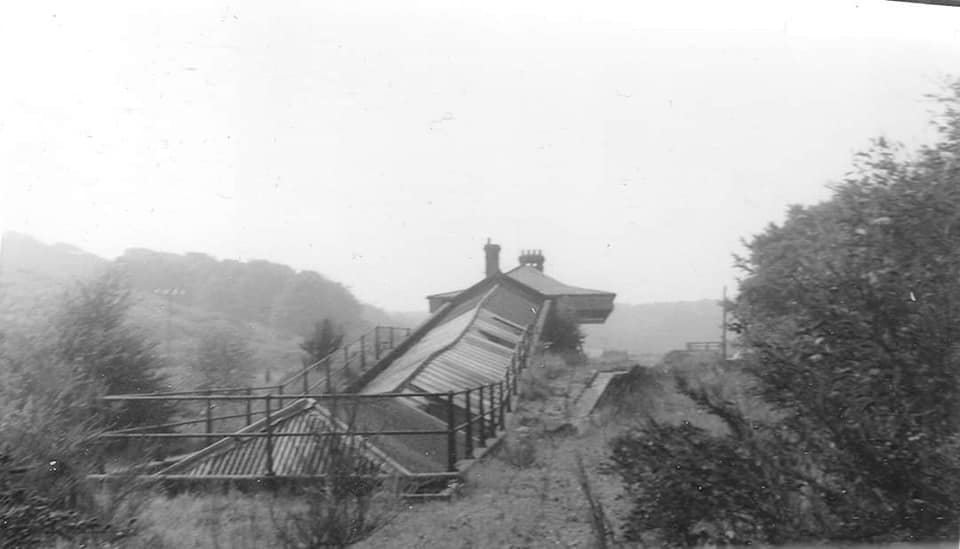Use the links below to move around our Railway pages
Stations on the Coastal Line
North Walsham | Mundesley on Sea | Trimingham | Sidestrand Halt | Overstrand | Cromer Links Halt | Cromer High | Cromer Beach | Roughton Road Halt
Interesting Features on the Coastal Line
Coastal Stations
Our “What’s this?” screens
A Running in Board is a large sign showing the name of the railway station on the platform. The signs are intended to inform passengers of their location as their train pulls into the station, possibly while still moving at speed.
In normal circumstances a two-platform station has one running in board on each platform, situated near the end of the platform that the trains serving the platform will run in – hence ‘running in board’.
Did you know…
During the Second World War, running in boards in the United Kingdom were removed or obscured to prevent enemy spies or paratroopers from easily discovering their location
The halt is a lovely old fashioned term that conjures up images of rural quaintness that’s been lost over time, but that will live on in memories due to the unique part they played in the life of the communities they served.
Back in the day, a passenger station was defined as such by the fact of being able to issue tickets, and a goods station by virtue of being able to receive and handover merchandise/goods, etc to the public.
The halt, or station halt, was a station that had minimal facilities and where trains would usually only stop if the guard advised the driver of anyone travelling there or if there were passengers waiting on the (usually) single platform. They were usually unmanned which meant that tickets had to be bought on the train.
Those old enough may remember stations being “demoted to a halt” during the railways modernisation period, including our very own Paston & Knapton station in the 1950s.
Fare Evasion…
It’s worth remembering that a passenger on a train without a ticket could legitimately be there if they’d started their journey at a halt. This would not be the case where the passenger had boarded at a station.
Contact Us
If you have any photos or memories about our railway that you’d like to share, or if you’d like to make a comment or correction or provide us with further information that we can include on our Railway pages, please click the button below to open our on-line Contact Form.
Selecting Railway from the drop down Subject list ensures that your comment will be passed direct to us and we will normally respond with 24hrs.
Trimingham
previous station | next station…………
Mundesley | Sidestrand Halt
Trimingham railway station opened on 3rd August 1906. Situated between Cromer Beach and North Walsham it was of a similar design to Overstrand, with access to the two platforms provided by wooden steps from a gateway on a nearby road overbridge.
Trimingham Station
early 1900s postcard
Perhaps because of the beautiful views of the Norfolk coastline, Trimingham station was selected to host an LNER Camping Coach in 1938 and 1939.
Steam train pulling out of
Trimingham Station
Sadly, the station was forced to close when this section of the line was closed to passengers on 7 April 1953.
Trimingham station | 1958
five years after it was closed
Trimingham station
sometime after 1958
Today
Although the station site has since been redeveloped, the bridge and the closed station access remain.
Section south of Trimingham village formerly in a cutting is now completely filled in and used for agriculture.
Triple arched black brick bridges are buried up to their soffits.
The site of Trimingham station | 1976
Sidestrand Halt
previous station | next station…..
Trimingham | Overstrand
At the end of a public footpath is Sidestrand Halt railway station which opened on 22nd May 1936. Similar to Cromer Links Halt, the station consisted of a simple wooden platform capable of accommodating just one coach.


Sidestrand Halt
in black & White and colour
It didn’t have any ticket-issuing facilities so tickets had to be purchased on the trains.
Sidestrand Halt Ticket Sign
“ALL TICKITS 2B SHEWED”
The halt had been opened, perhaps belatedly, in an attempt to increase revenues on the line by further exploiting the tourist potential of “Poppyland” but in the event it only lasted seventeen years and the station closed along with the rest of the section of line between Cromer and Mundesley on 7th April 1953.
Sidestrand Halt
Two ladies waiting for the next train
Today
Due to its wooden construction, virtually no trace remains of the station halt today, but the remains of the gatepost on the left hand side of the original photo can just be seen on the left of this photo underneath the trees.
The site of Sidestrand Halt
as it looks today.
Overstrand
previous station | next station……….
Sidestrand Halt | Cromer Links Halt
Overstrand from Repps Hill
1900s Old postcard
It was an instant success with holidaymakers who ensured that it was always busy in the summer months. Perhaps that’s why the station played host to an LNER Camping Coach in 1938 and 1939, and to two BR Eastern Region Camping Coaches in 1952.
Poppyland
When London journalist and travel writer Clement Scott visited Overstrand and stayed at the Mill House with miller Alfred Jermy and his daughter Louie, he became so enamoured with the area that he christened it ‘’Poppyland’’ and wrote about “the Maid of the Mill” in his articles for the Daily Telegraph which were published in 1883,
Clement Scott, from a copy of the
Theatre magazine, aged about 40
Scott had many London contacts in the theatrical world and his writings led a number of them and others from London society to come to Overstrand. Some bought land in the village and had houses built there and for a while the village was the place to visit. So much so that in the latter part of the 19th century Overstrand was catapulted into prominence, and became known as “the village of millionaires”.
The station and line was closed on 7th April 1953 to passengers, after flood damage finally caused the line between Mundesley – Cromer to close.
Overstrand station
2008
Today
Today, the station building and the underpass remain apparently intact (seen only from distance, now in private ownership) including the glass roof of the subway that descends from the former platforms down to the road below.
Although a section of the embankment towards Cromer was removed to make way for a housing development.
Ghost Train
Mundesley to Cromer
created and produced by
The Time Travel Artist
The lost Norfolk coastal route from Mundesley-on-Sea to Cromer Beach station!
Calling at Trimingham, Sidestrand Halt, Overstrand, Cromer Links Halt, and Cromer Beach!
